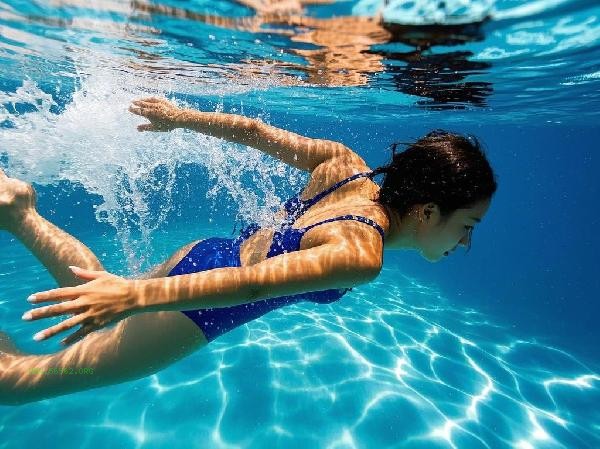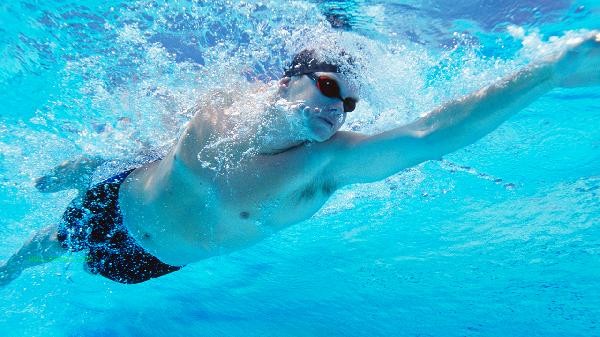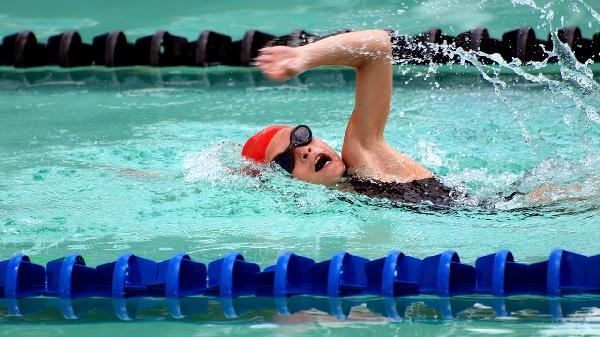The heating of 100 ton swimming pool water can be achieved through methods such as solar heating systems, electric heaters, gas boilers, heat pump systems, or waste heat recovery devices. The specific selection needs to be comprehensively evaluated based on local climate conditions, energy costs, and usage needs.

1. Solar Heating System
The solar heating system absorbs solar thermal energy through a collection plate, and the circulating pump introduces the pool water into the collection device to heat up and return to the swimming pool. Suitable for areas with abundant sunshine, low operating costs and environmental protection, but auxiliary heating equipment is required on rainy days. During installation, it is necessary to ensure that the orientation and inclination of the collector plate conform to the local solar elevation angle.
2. Electric Heater
The electric heater heats up quickly through a resistance wire, suitable for small swimming pools or temporary heating needs. The heating efficiency is high and the temperature control is precise, but the long-term electricity cost is high, and a timer needs to be used to avoid energy waste. It is recommended to choose titanium metal heating tubes to resist corrosion from pool water.
3. Gas Boiler
Gas boilers heat heat exchangers by burning natural gas or liquefied gas, suitable for continuous heating of large-scale swimming pools. The heating rate is fast and not affected by weather, but regular maintenance of the combustion system is required, resulting in certain carbon emissions. During installation, it is necessary to ensure that the ventilation conditions meet safety standards.

4. Heat pump system
The heat pump system uses the inverse Carnot principle to extract heat energy from air or geothermal energy, with an energy efficiency ratio of 3-5 times that of ordinary electric heaters. Although the initial investment is relatively high, the long-term operating cost advantage is obvious, making it suitable for year-round use in medium and large swimming pools. Low temperature heat pump units should be selected in low-temperature environments.
5. Waste heat recovery device
The waste heat recovery device can capture the waste heat of air conditioning, generator sets and other equipment for pool heating, achieving energy cascade utilization. Suitable for composite venues such as hotels and gyms, the type of heat exchanger should be matched according to the temperature of the heat source. The system design needs to consider the stability of the heat source and the matching of the pool's heat load.

The actual heating scheme requires a comprehensive evaluation of initial investment and operating costs, and it is recommended to prioritize the combination of clean energy sources such as solar energy and heat pumps. Regularly cleaning the filtration system can reduce heat loss, and using a pool cover can effectively prevent heat loss at night. For outdoor swimming pools that are used seasonally, split type heating equipment can be chosen to reduce maintenance costs during idle periods. Regardless of the method used, the water temperature should be controlled between 26-28 degrees Celsius to ensure comfort and safety.






Comments (0)
Leave a Comment
No comments yet
Be the first to share your thoughts!